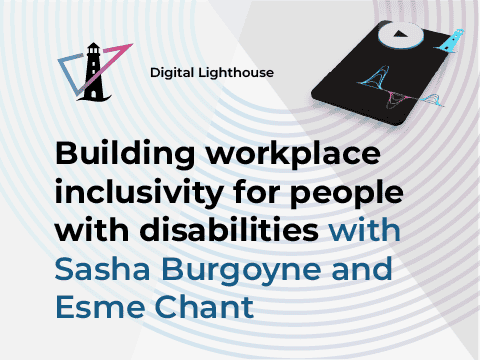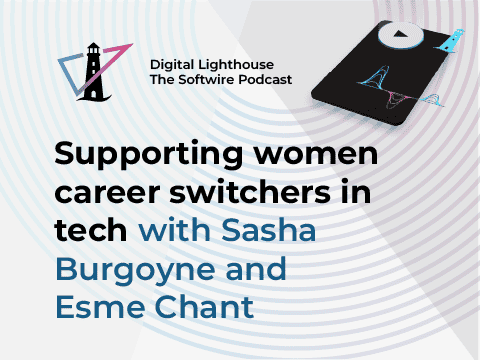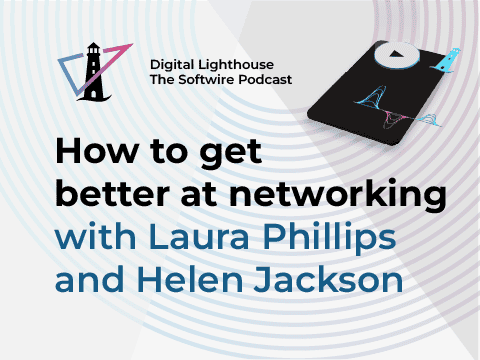
In part one of this mini blog series, we looked at how we’ve laid the foundations for ever-more-inclusive recruitment. We also covered some practical steps we’ve taken to make our vacancy notices as attractive as possible to different groups.
In this second piece, we’ll look at what comes next. How do we ensure someone can send in an application? How do we make our assessment process inclusive? And what impact have we seen, as a result of implementing the various measures we discuss?
Inclusive application forms
Once someone has found our job ad and decides to apply, the next step is to ensure our method of application is inclusive. In most cases, this will be an online form. Like the job advert itself, is it fully accessible?
We also provide a prominent message on our website with recruitment contact details, in case someone has a problem applying. Another option is to allow candidates to submit their CV and covering letter via email.
On the form itself, we ask people what their preferred pronouns are, rather than gender.
Making your selection process inclusive
Once people apply, we do a variety of things to make our selection process as inclusive as possible.
Cover travel costs
Travel around the UK can be pricey. We pay candidates’ travel expenses, to ensure those who need to make costlier journeys aren’t put off or excluded.
Proactively ask about special adjustments
Tackle unconscious bias
Unconscious bias includes judging people based on their name or which university they went to. We take steps to minimise it, including asking candidates to complete automated online tests, and then reviewing the results of these alongside their CVs.
We involve a diverse range of our own people in the selection and interview process: we believe candidates from underrepresented groups are more likely to want to work in our organisation if they see we already have a diverse workforce.
We also have a moderation panel, made up of people from underrepresented groups, which reviews the candidates we make offers to (and those that get to a certain point in the process but aren’t made an offer), to provide an additional protection against unconscious bias.
Tailor the selection process to the role
It’s important our selection process tests the skills genuinely needed for the role in question. Group tasks, for example, can be a quick way of assessing large numbers of people. But the job some of these individuals are applying for may not involve working in this kind of setting. If so, this assessment technique may not enable them to show the skills they actually need for the role. This is why we make every effort to ensure the selection process and environment is as similar as realistically possible to the role itself.
Measuring results
When we make changes to the way the business operates, it’s important we measure the impact they having. In this case, are we increasing the diversity of those we’re making job offers to?
Our initial focus has been on shifting the gender imbalance in the company. In 2017, we set ourselves a target that 30% of our graduate recruitment offers would be made to women. In 2017-2018, we hit 26%. Our 2018-2019 figure was 38%. We’ve now set the target at 40% for next year.
Having successfully started shifting the needle when it comes to gender diversity, we’ll now also be looking at other areas where groups are underrepresented. Ethnicity will be the next focus.
Listen and improve
Like many things in the workplace, making our recruitment more inclusive is an ongoing process. Our ethos is to keep learning and striving to do better. We seek feedback from those applying for our roles about what we did well and what we could do better. We then review these insights and adapt our process where necessary.
Every improvement helps
As we’ve explored in these two blogs, there’s a lot an organisation can do to be more inclusive with its recruitment. So much so, that it’s easy to feel overwhelmed by it all – where do you begin? Our approach has always been that every improvement – from a seemingly minor change to something more radical – is an important step towards being more inclusive. And sometimes, it’s the small things that make the biggest difference.


